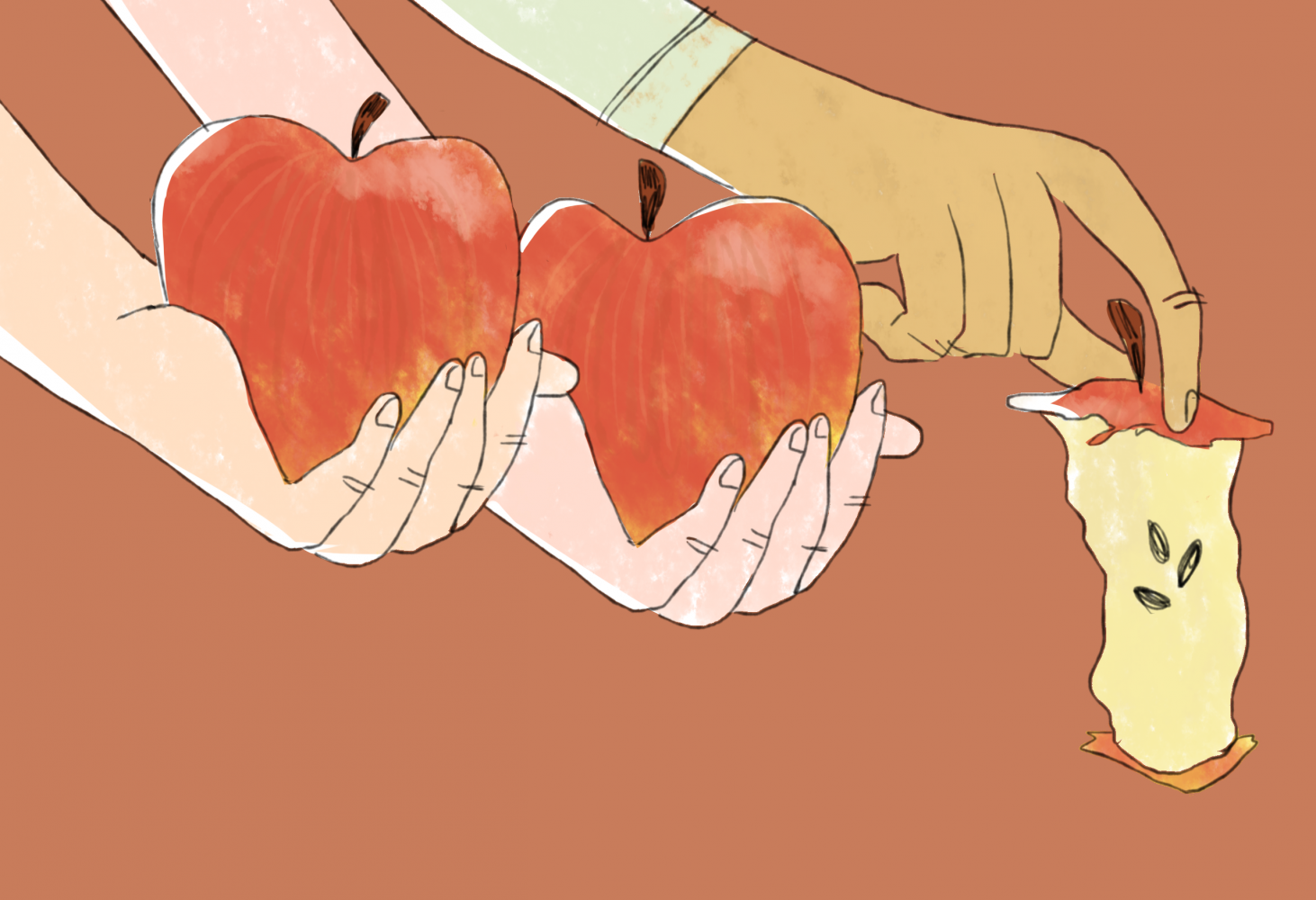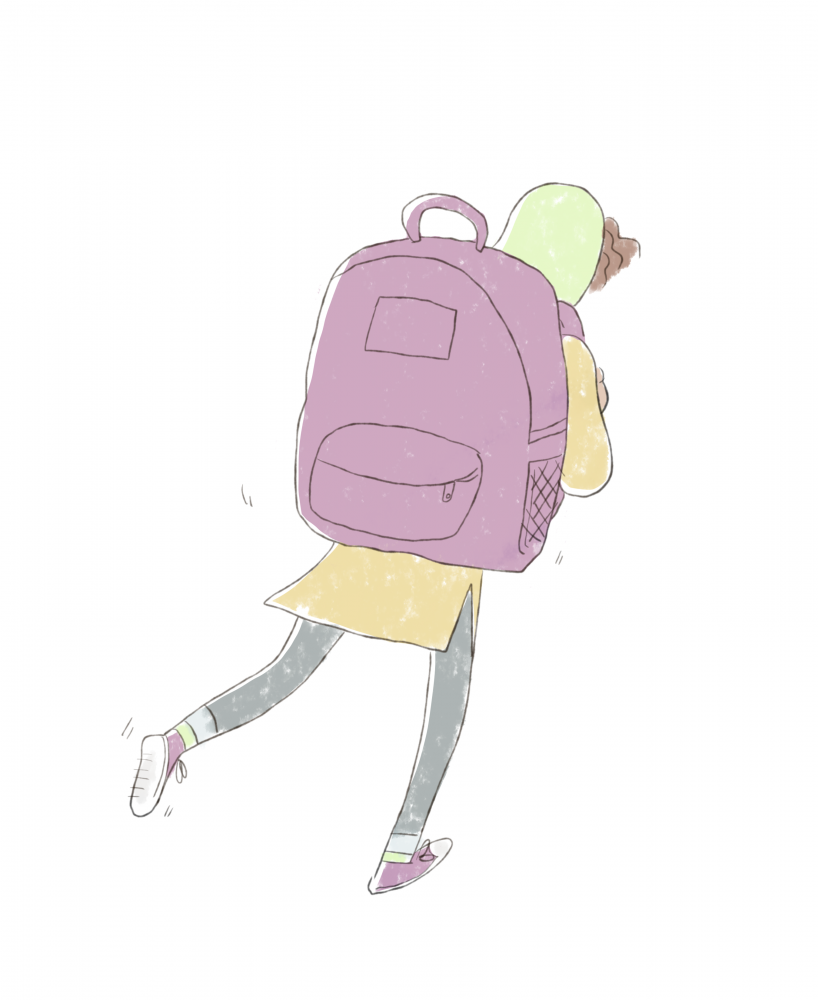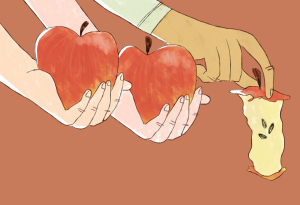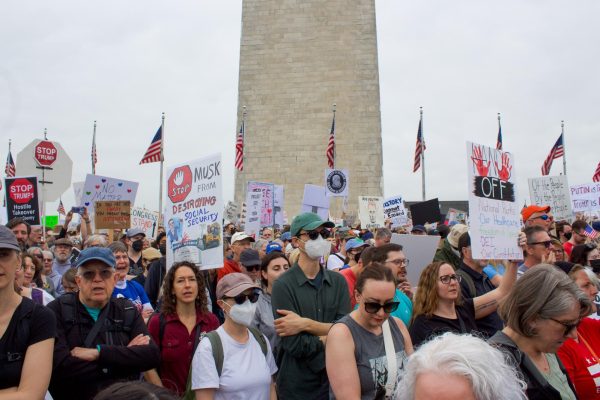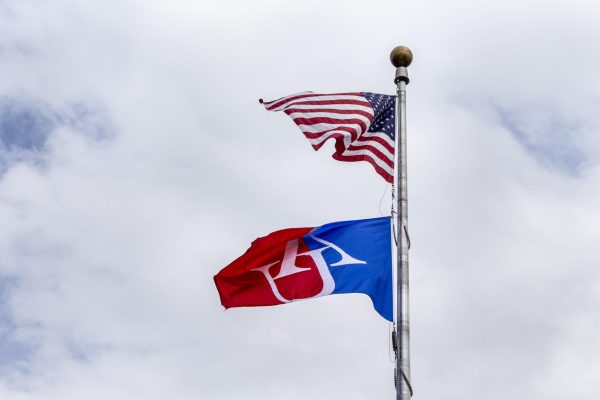Dallas' Own United Nations: Going to School as a Refugee
Going to school in the U.S. can be hard: Students are expected to juggle classes, extracurricular activities, homework, and maintain an active social life. But for Burmese refugee SB, there’s a far greater learning curve.
“My first day of school, I did not know what to do,” SB said. “There are so many people and so many classrooms, and everyone was talking so fast. They all had so many books and things that I did not know I was supposed to have. I got lost in the school and I could not find my class, and I felt like everyone kept staring at me and laughing. It was one of the scariest things in my life.”
SB, whose name we cannot disclose because of his age and refugee status, came to the U.S. in the summer of 2016 and is currently in his freshman year in Dallas, Texas. His experience within the U.S. educational system has not been unique — refugee children face these challenges daily.
Almost 85,000 refugees have immigrated to the U.S. in the past fiscal year, and school districts throughout the country receive new refugee students daily. Due to the system of refugee resettlement within the U.S., certain cities and school districts yield disproportionately high numbers of refugees. One such city is Dallas, Texas.
Refugees have settled in Dallas since the 1970s, mainly from Burma, and the numbers have only increased due to political unrest. The face of Dallas has evolved as a result of this continual influx of refugees, and this change is most evident when looking at the demographic breakdowns of schools. The Dallas Independent School District enrolls 1,200 refugee students.
Schools, teachers and staff have had to adjust the programs offered at the institutional level to account for the influx of refugees. The majority of students are unfamiliar with the structure of the US education system and do not speak English at their grade level. Thus, a majority of them are enrolled in English Second Language (ESL) programs.
The schools in the U.S. are often bigger and more complex than those in other countries. This leaves students feeling lost, like SB did on his first day and the weeks after.
“The other students knew where things are and how things work and what to do if they need something,” SB said. “But I did not.”
There is a noticeable difference between refugee students and their peers; In the Dallas school district, refugee graduation rates are about 35 percent, compared to 84 percent for the average student. Some of this stems from the fact that they experience barriers to learning
“When I don’t know the language, how can I learn?” SB said. “It is so hard to have to always be thinking about the words and the school. I wanted to stop going to school after the first week. It was too hard.”
It’s not just academic challenges that cause the low graduation rates among refugee students; it’s the cultural differences as well.
“People would laugh at my accent, tell me to speak English better,” SB said. “Some of them would call me names and words that I didn’t understand, but I knew they were supposed to be mean. When I tried out for soccer, one boy told me that ‘my kind’ were not allowed to be on the team. All I wanted to do was play soccer. In Malaysia, Burmese kids couldn’t play for school soccer teams, and I wanted to play now that I was in America. But when he said those things to me, I left.”
When discriminatory comments like these are made, refugee students can become alienated from the rest of their classmates and eventually segregated from the general population.
Coupled with cultural differences — such as when Burmese girls wear white paste known as thanaka on their faces or when some Congolese children can’t hang out on Saturdays because of religious activities — these situations are exacerbated. It is easy to see how this leads to problems for refugee students.
Schools have tried to combat this alienation with programs like the Refugee School Impact Program in Dallas. The program coordinator, Zeljka Ravlija, provides educational support services for refugee students. This includes responsibilities ranging from home visits to keep refugee parents up to date on their childs’ progress, to ensuring that teachers can create culturally aware learning environments for refugee and non-refugee students. These projects range from maps showing where everyone is from, to World History classes allowing students to present on their home country and culture.
Ravlija says the main goals of the program are to “enhance academic performance of the refugee students, to develop positive relationships with the parents, and integrate them into education of their kids, and into larger community, and also to inform and educate school personnel on the needs unique to the refugees.”
Programs that address the divide within the academic community are vital to creating an environment where refugee students can succeed. More ESL teachers have been hired and interpreters contracted for large school events and meetings, and all staff go through additional training to learn how to understand the needs their refugee students may have and challenges they may face. Despite these efforts, the administration is not always the greatest resource for integrating students.
“When I need help, I go to other refugees,” SB said. “They have been in the United States longer and they know what I am going through. They know that there are things the other kids know that I do not, and they tell me and help me out. … People tell me to ask teachers, but I don’t know if they can help or will just call my parents.”
Refugees make their own support system. It is not just Burmese helping Burmese or Congolese helping Congolese; the support crosses national identities and cultural barriers. There is a common struggle in being a refugee that they all know. One of SB’s best friends, and the person he says gives the best advice, is a boy named Salomon, whose last name we cannot disclose. He came from the Democratic Republic of the Congo when he was 10.
“Someone in my gym class made fun of me for talking slowly,” SB said. “I was embarrassed and upset, and I did not want to go back to school the next day. Salomon came to my home and told me that if he could do it as a baby, I could do it as an adult. He took me to his Spanish class with him and showed me how slow everyone was talking. He told me ‘Look, they speak slowly too, you’re both learning. So don’t worry.’ It made me feel better, and I cared less that I speak so slowly.”
Vickery Meadow, the neighborhood where the vast majority of Dallas refugees live, has been dubbed ‘Dallas’ Own United Nations’ by D Magazine, a Dallas-centric magazine. It’s not just because there are so many different countries represented, but because they all form one supportive, unified community. Refugees come from different backgrounds and cultures, but they all know what it’s like to be on the outside of the dominant society in Dallas.
In the face of budget cuts that limit the abilities of the Refugee School Impact Program, as well as increasingly fearful and hateful citizenry, communities like that in Vickery Meadow are important now more than ever.
“I have heard people tell me to be scared, because white people are hateful or because Donald Trump is popular,” SB said. “And I am worried a little. But people like Salomon and Ami and my friends from the neighborhood make me confident and make me know that I will be okay and I can succeed.”


